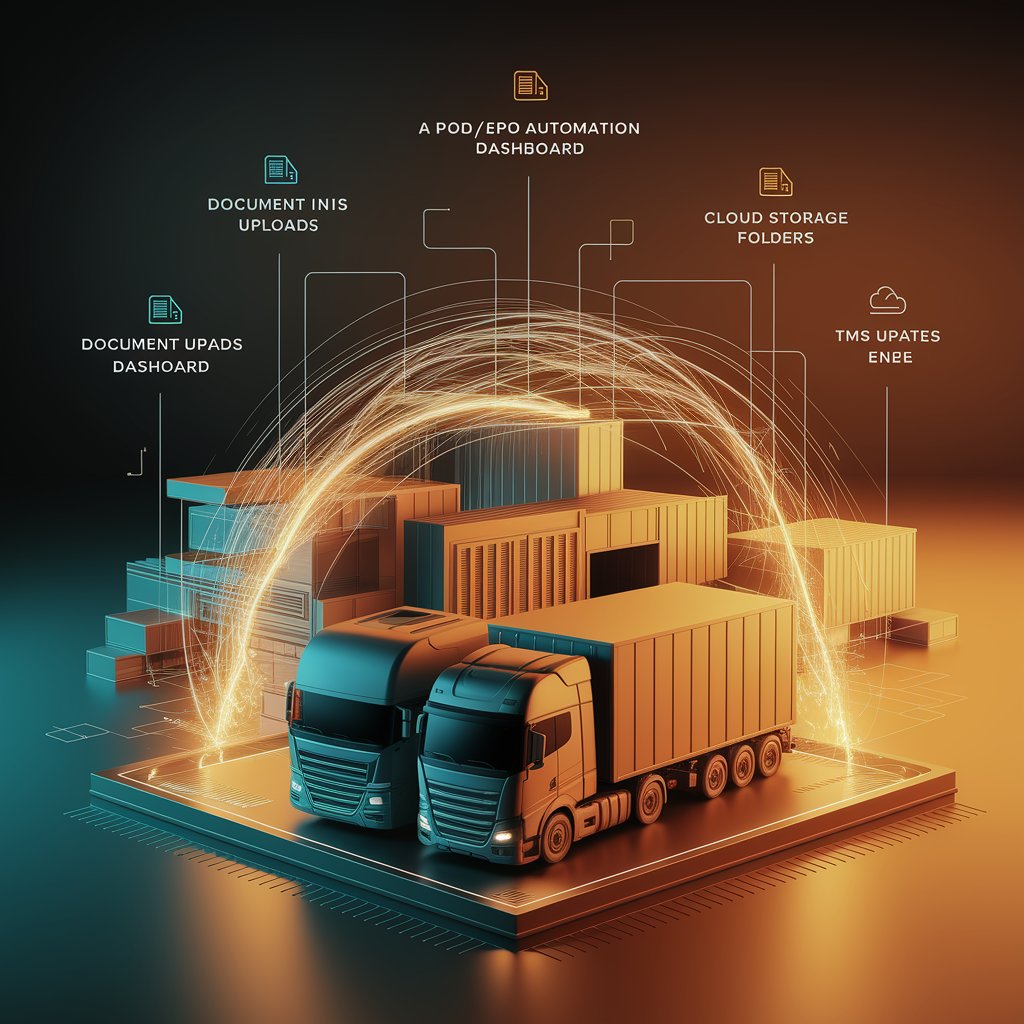How to Automate Proof of Delivery (POD/ePOD) Storage in Logistics

Introduction
With automation, the POD process becomes seamless: once the delivery is confirmed, the system captures the document, stores it automatically in the correct folder, and updates the TMS/CRM with the reference.
Step 1: Map the Workflow
- Trigger: Driver completes delivery and submits POD/ePOD (via app, signature, or photo).
- Document Capture: POD is uploaded or emailed.
- Storage: File is saved automatically in the correct cloud folder (Google Drive, OneDrive, SharePoint).
- TMS Update: Link the POD to the shipment record.
- Notification: Alert ops and/or customer that POD is available.

Step 2: Choose Your Tools
- Capture: DocuSign, Adobe Sign, Linbis ePOD app, or WhatsApp upload (via Twilio).
- Storage: Google Drive, SharePoint, Dropbox.
- Automation: Zapier, Make, Power Automate.
- TMS: Linbis Workspace, CargoWise, Magaya.
- Notifications: Slack, Teams, Email.
Step 3: Build the Automation (Example in Power Automate)
With automation, the POD process becomes seamless: once the delivery is confirmed, the system captures the document, stores it automatically in the correct folder, and updates the TMS/CRM with the reference.

Step 4: Test the Workflow
- Upload a test POD file.
- Confirm storage in the correct folder.
- Verify that TMS record is updated.
- Ensure notification is triggered.
Step 5: Optimize
- Standardize naming conventions (ShipmentID_Date.pdf).
- Add automatic tagging (e.g., carrier, route, customer).
- Integrate with billing to trigger invoice release once POD is available.

Benefits of POD/ePOD Automation 📈
- Time Savings: No more manual uploads.
- Accuracy: Eliminates lost or misplaced documents.
- Compliance: Ensures PODs are always attached to shipments.
- Customer Satisfaction: Immediate proof available for clients.
- Faster Billing: Link to POD accelerates invoicing cycles.
Conclusion
Automating POD/ePOD storage is a quick win for logistics operations. By connecting capture tools with cloud storage and TMS platforms, companies reduce admin work, eliminate errors, and improve customer service.
Solutions like Power Automate, Zapier, and Linbis make it simple to set up workflows that store, link, and notify automatically—freeing teams to focus on higher-value tasks.
